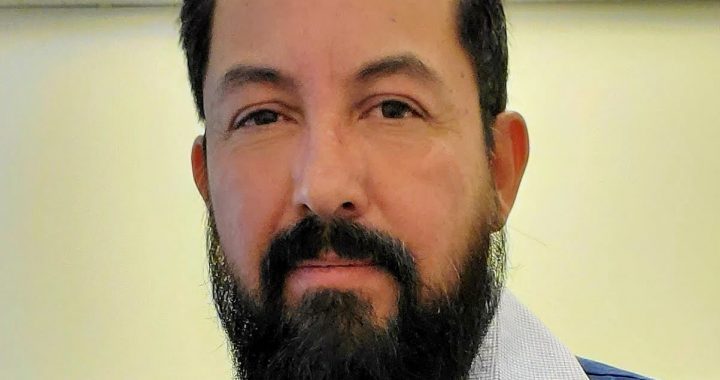This month’s At The Grill feature by William Torres (former Research Manager at Cattleland Feedyards and popular presenter at Gentec conferences) presents some options on short- and long-term sustainability.
During a recent family trip, my wife asked what my favourite fast-food restaurant was. It turns out that I had two favourites… and guess what? They both had a lot to do with beef!
On one hand, I love Arby’s because, well, they have the meats! On the other hand, when Cattleland Feedyards and I became engaged in their early work on their sustainability approach in 2014, I actually frequented McDonald’s the most. It was easy to see that their plan would benefit Canadian and global farmers.
Why is this significant, you ask? Well, in my opinion, McDonald’s helped build the framework for our current Canadian Roundtable for Sustainable Beef. They didn’t focus on short trends or beef niches like others, they wanted everyone to be on board for the long haul. AND they were willing to pay for it. Last time I checked, qualified producers could receive a payment per head through some certification and verification processes. To sign up, producers also had to be trained and audited by VBP+ or be audited by Where Food Comes From. They then had to register for BIXS and age-verify their cattle in BIXS or the CLTS database. CCIA would then disperse funds to qualifying producers.
Now this is a quick example of sustainability return on investment. Another option is to focus on the genetic selection of your herd so you can maximize all payments available. Unfortunately, sometimes we lose sight of the forest because of the tree line. What I mean is that sustainability is a long-term investment that needs to include genetic selection and management alongside the certifications that enhance your payments. Sometimes we focus on the now payments rather than the actual sustainability plan.
Not all payments will hit your bank account immediately. Some payments come in the form of land management. Take selecting for Residual Feed Intake (RFI) as an example. A potential benefit of this is that you can increase your herd size in the same amount of land you operate because you have more efficient cattle. If you sell sires, those with a negative RFI can bring a better premium during your sale. If you retain them, the benefit will stay in your herd, improving your operation year after year.
Another area where you can manage your genetics is to utilize genomic information (from DNA tests) that focuses on beef production traits that are economically important to maximize feeding margins. For example, have you ever purchased a group of calves by weight and about 120 days later, they are all different sizes, and wondered why? The fact is, we all gain weight differently, even if we have the same parental source, diet, and environment. Most feedlots and cattle finishers may not choose all the genetics coming into their lot but they do have to manage what they get. Knowing the genetic make-up of that pen can help you manage their sorting, implant strategies, and even market dates. These DNA test can be quickly done by companies like Quantum Genetix.
Options sometimes create more confusion, but the reality is that you don’t have to execute all of them. Find out what’s important to you, explore your choices, and do the math to make sure your investment into sustainability and genetics will have the proper return for your outfit.
For more information, contact John Basarab, Director of Beef Operations, Livestock Gentec

